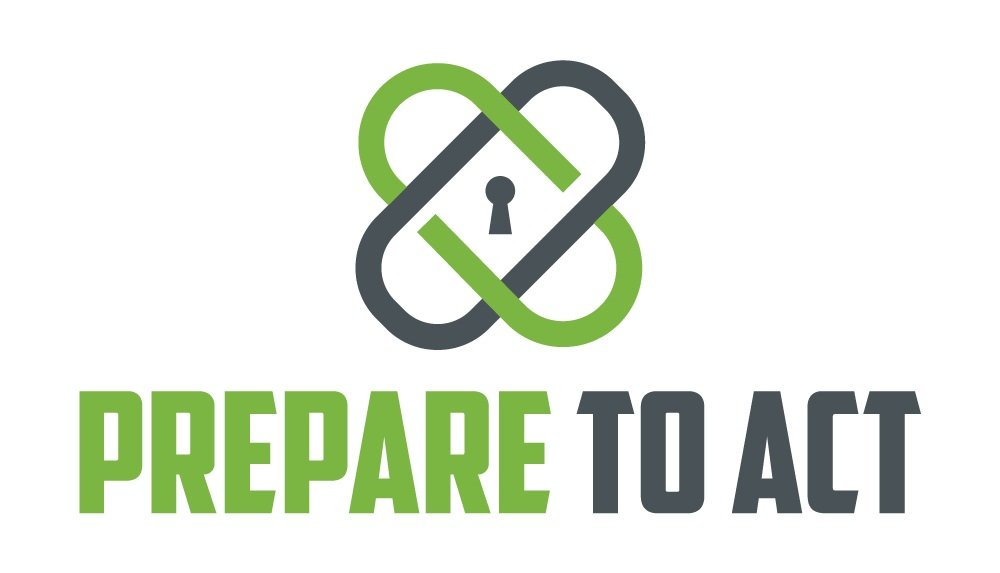Addressing Workplace Bullying: A Comprehensive Guide to Conflict Resolution and De-Escalation Strategies
The workplace should ideally be a space for collaboration and growth, but unfortunately, instances of workplace bullying are more prevalent than one might think. In this in-depth guide, we will delve into the nuances of workplace bullying, exploring its definitions, diverse manifestations, and the profound impact it has on mental health. Furthermore, we will navigate through strategies for conflict resolution, emphasizing the crucial role of de-escalation techniques.
Decoding Workplace Bullying
What Constitutes Workplace Bullying?
Workplace bullying is characterized by the repetitive mistreatment of individuals by one or more perpetrators, causing harm to the target's mental and emotional well-being. This mistreatment, often taking the form of verbal abuse, creates a hostile environment, impeding the target's ability to perform their work effectively.
Recognizing the Faces of Workplace Bullying
Bullying can wear various masks, from aggressive communication and constant criticism to manipulation and behind-the-scenes meddling. Identifying these behaviors is pivotal to implementing effective strategies for combating workplace bullying.
Psychological Toll of Workplace Bullying
The Mental Health Fallout
The repercussions of workplace bullying extend beyond the professional realm, significantly impacting an individual's mental health. The persistent stress, anxiety, and depression resulting from bullying can create a toxic work atmosphere and spill over into the personal lives of those targeted.
Unpacking the Link Between Workplace Bullying and PTSD
Though not everyone subjected to workplace bullying develops post-traumatic stress disorder (PTSD), the sustained emotional trauma can contribute to the manifestation of PTSD symptoms in some individuals.
Legal Insights and Discrimination
Navigating the Legal Landscape
Unlike harassment, workplace bullying is not inherently illegal. Harassment typically involves mistreatment based on protected characteristics, whereas workplace bullying may not be directly linked to these factors.
The Legal Stance: Is Workplace Bullying Discrimination?
Workplace bullying does share some characteristics with discrimination, but it is not inherently discriminatory. Discrimination typically involves mistreatment based on protected characteristics, while bullying may be more generalized.
Proactive Strategies for Dealing with Workplace Bullying
Reporting and Addressing Workplace Bullying
Reporting instances of workplace bullying is a crucial step in addressing the issue. Employees are encouraged to bring the situation to the attention of supervisors, HR, or the next person in the chain of command. Keeping detailed records and obtaining evidence can bolster the case against bullying.
Foreseeing and Avoiding Bullies in Future Jobs
For those seeking new employment, evaluating workplace culture during interviews is essential. Inquiring about management styles, company values, and conflict resolution approaches provides insights into potential bullying risks.
Empowering Conflict Resolution through De-Escalation
The Crucial Role of De-Escalation
De-escalation strategies play a pivotal role in resolving workplace conflicts. Organizations can foster a healthy work environment by educating employees on respectful behavior, promoting an open-door policy, and enhancing conflict resolution skills.
Allyship: Intervening When Others Are Bullied
Actively intervening when witnessing workplace bullying is crucial. Individuals should offer support to the targeted person, confront the bully constructively, and escalate the situation to supervisors or HR if the behavior persists.
Read this to learn how to de-escalate situations: Mastering Conflict: A Guide To De-escalation Techniques
Tackling workplace bullying necessitates a collective commitment to building a culture of respect, implementing robust conflict resolution strategies, and prioritizing the mental health of employees. By understanding the dynamics of workplace bullying and incorporating de-escalation techniques, organizations can cultivate supportive, inclusive workplaces that foster professional growth and well-being.
FAQs:
What's workplace bullying?
Workplace bullying is the repeated, health-harming mistreatment of one or more individuals by one or more perpetrators in the workplace. It includes verbal abuse that is intimidating, threatening, or humiliating, creating a hostile environment.
Where to report workplace bullying?
Report workplace bullying to your supervisor, the next person in the chain of command (if the supervisor is the issue), or Human Resources. Keeping detailed notes and obtaining evidence can strengthen your case.
When is workplace bullying illegal?
Workplace bullying, unlike harassment, is not inherently illegal. Harassment involves mistreatment based on protected characteristics, while workplace bullying may not be directly linked to these factors.
What workplace bullying looks like?
Workplace bullying can take various forms, including aggressive communication, constant criticism, manipulation, and behind-the-scenes meddling. Identifying these behaviors is crucial to combatting workplace bullying effectively.
How workplace bullying affects mental health?
Workplace bullying has a profound impact on mental health, causing stress, anxiety, depression, trauma, high blood pressure, and other issues. The hostile environment created by bullying can lead to a constant state of fear and anxiety.
Can workplace bullying cause PTSD?
While not everyone subjected to workplace bullying develops post-traumatic stress disorder (PTSD), the sustained emotional trauma can contribute to the manifestation of PTSD symptoms in some individuals.
Is workplace bullying illegal?
Workplace bullying itself is not illegal. The legality often depends on whether the actions involve harassment based on protected characteristics. Workplace bullying is more about creating a toxic work environment than breaking specific laws.
Is workplace bullying discrimination?
Workplace bullying shares some characteristics with discrimination, but it is not inherently discriminatory. Discrimination typically involves mistreatment based on protected characteristics, while bullying may be more generalized.
What workplace bullying happens?
Workplace bullying can manifest as aggressive communication, constant criticism, manipulation, and behind-the-scenes meddling. Recognizing these behaviors is essential for implementing effective strategies against workplace bullying.
